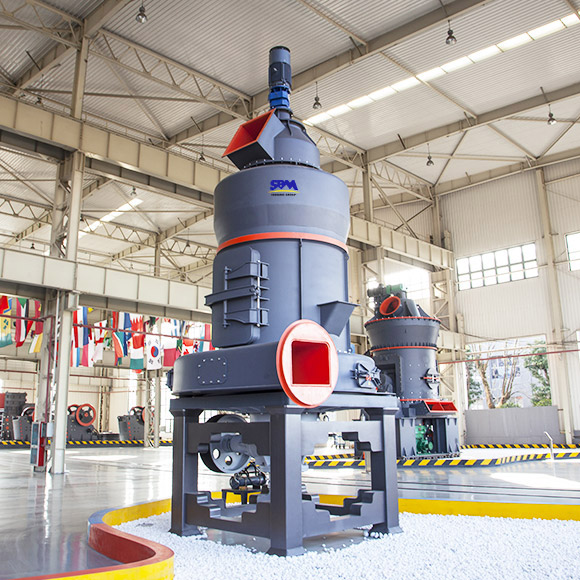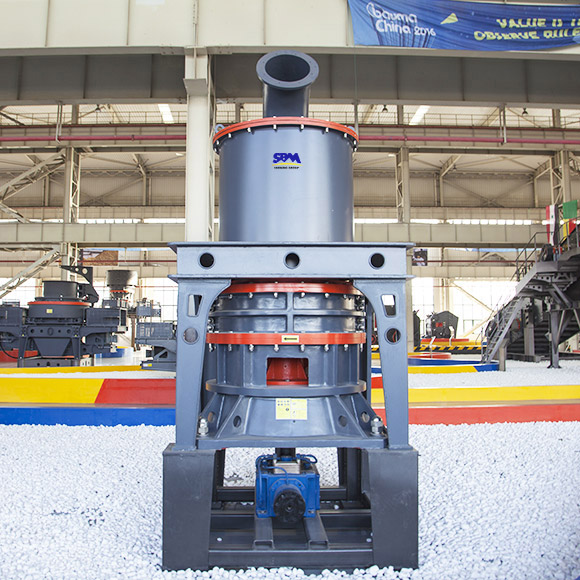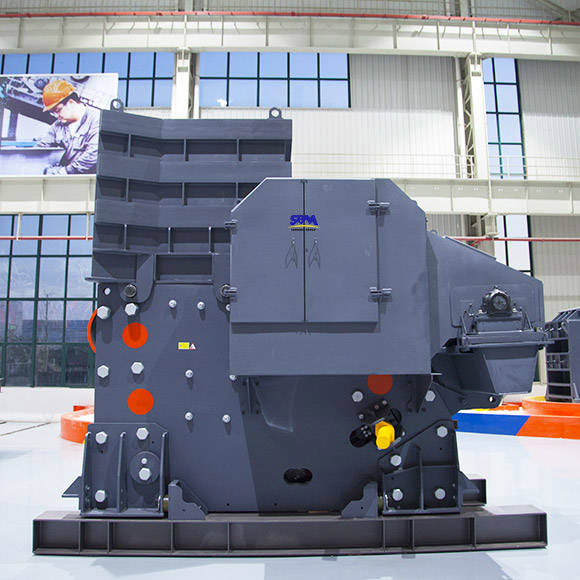
What is the primary function of a ball mill
A ball mill's primary function is to crush and grind materials. It is commonly used in various industries, such as cement production, silicate products, refractories, and more. The equipment can perform both dry and wet grinding of different ores and materials. What are its key features?

What are the key components of a ball mill, and why are they important
The key components of a ball mill include the cylinder, bearings, transmission device, and feeding/discharging devices. These components are crucial for the mill's proper operation. The cylinder provides strength and rigidity, while bearings support the rotating parts and impact loads. The transmission device includes the motor and gearing, which determine the mill's speed and power. The feeding and discharging devices manage the material input and output. All these components work together to make the ball mill function efficiently.

How does the design of a ball mill contribute to its efficiency and ease of use
The design of a ball mill influences its efficiency and ease of use in several ways. For example, using large-diameter double-row spherical roller bearings reduces friction and energy consumption, making it easier to start the mill. The structure of the end cover allows for a high processing capacity. Additionally, the choice of transmission type and the presence of a combined or drum feeder all contribute to smoother operation with reduced downtime for maintenance.

What are the advantages of using a ball mill in industrial applications
Ball mills offer several advantages in industrial applications:
1. Strong Adaptability: They can grind a wide range of materials and operate in diverse environments.
2. Meeting Production Needs: Ball mills can achieve high production capacities, often exceeding 200 tons per hour.
3. Effective Sealing: They come with strong sealing mechanisms, allowing operation under negative pressure to prevent dust dispersion.
4. High Wear Resistance: With components like a casting turning device and wear-resistant materials, ball mills exhibit excellent wear resistance.
5. Low Energy Consumption: Ball mills can reduce energy consumption due to their wave-type annular lining plate, enhancing the grinding effect.
6. Long Bearing Life: The advanced material and refined manufacturing process of bearings in ball mills result in extended service life, up to 15% more compared to traditional ball mills.

Can you explain the working principle of a ball mill
The working principle of a ball mill involves the material entering the first chamber through the feeding hollow shaft. Inside the chamber, there are stepped or corrugated lining plates and steel balls of varying specifications. As the cylinder rotates, centrifugal force propels the steel balls to a certain height before they fall, impacting and grinding the material. After rough grinding in the first chamber, the material moves to the second chamber through a partition board, where further grinding occurs with the help of steel balls. Finally, the ground powder is discharged through the grate to complete the grinding operation.
















